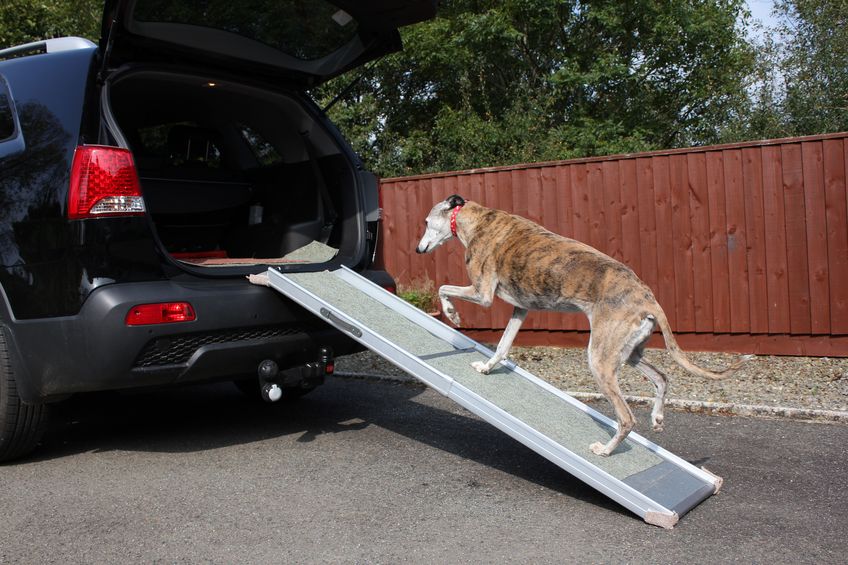
Dog Arthritis: Symptoms, Diagnosis, and Treatment
Arthritis in dogs is a common condition that affects their joints, causing pain, stiffness, and reduced mobility. Recognizing the symptoms, obtaining a proper diagnosis, and implementing an appropriate treatment plan can significantly improve a dog’s quality of life.Symptoms of Dog Arthritis
- Limping or Lameness: Dogs may favor one or more limbs due to pain and discomfort.
- Stiffness: Difficulty getting up or lying down, especially after rest, is often observed.
- Decreased Activity: Dogs with arthritis may become less active and reluctant to engage in physical activities.
- Swelling: Swollen and warm joints are indicative of inflammation associated with arthritis.
- Behavioral Changes: Dogs may display signs of irritability, aggression, or depression due to chronic pain.
Diagnosis
If you suspect your dog has arthritis, it’s essential to consult a veterinarian for a proper diagnosis. The vet will conduct a thorough physical examination, review the dog’s medical history, and may recommend additional diagnostic tests such as X-rays, joint fluid analysis, or blood tests to confirm the condition and assess its severity.Treatment Options
- Medications: Nonsteroidal anti-inflammatory drugs (NSAIDs) help relieve pain and inflammation. Additionally, supplements like glucosamine and chondroitin sulfate can promote joint health.
- Weight Management: Maintaining a healthy weight reduces stress on the joints and slows down the progression of arthritis.
- Physical Therapy: Controlled exercise, swimming, and massage therapy can improve joint flexibility and muscle strength.
- Orthopedic Beds: Providing a supportive and comfortable bed can alleviate pressure on arthritic joints during rest.
- Nutritional Support: Specialized diets formulated with joint-supporting nutrients may benefit dogs with arthritis.
- Surgery: In severe cases or when conservative treatments fail to provide relief, surgical options such as joint replacement or arthroscopic procedures may be considered.
Home Care
- Keep your dog warm and provide a soft, padded resting area.
- Ensure regular, gentle exercise to maintain joint mobility without causing strain.
- Monitor your dog’s weight and adjust diet as needed to prevent obesity.
- Administer medications as prescribed by your veterinarian and attend follow-up appointments for monitoring.










